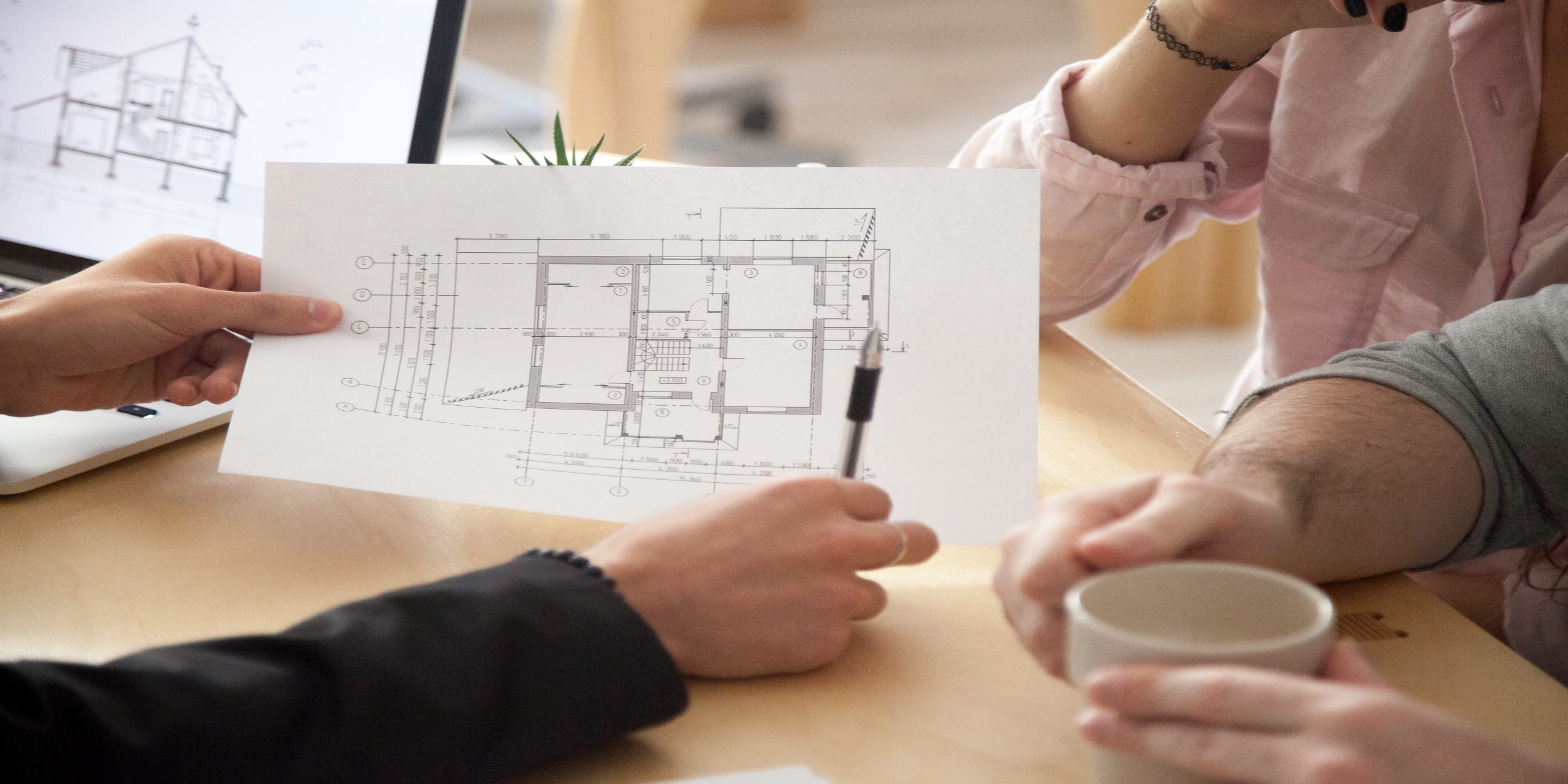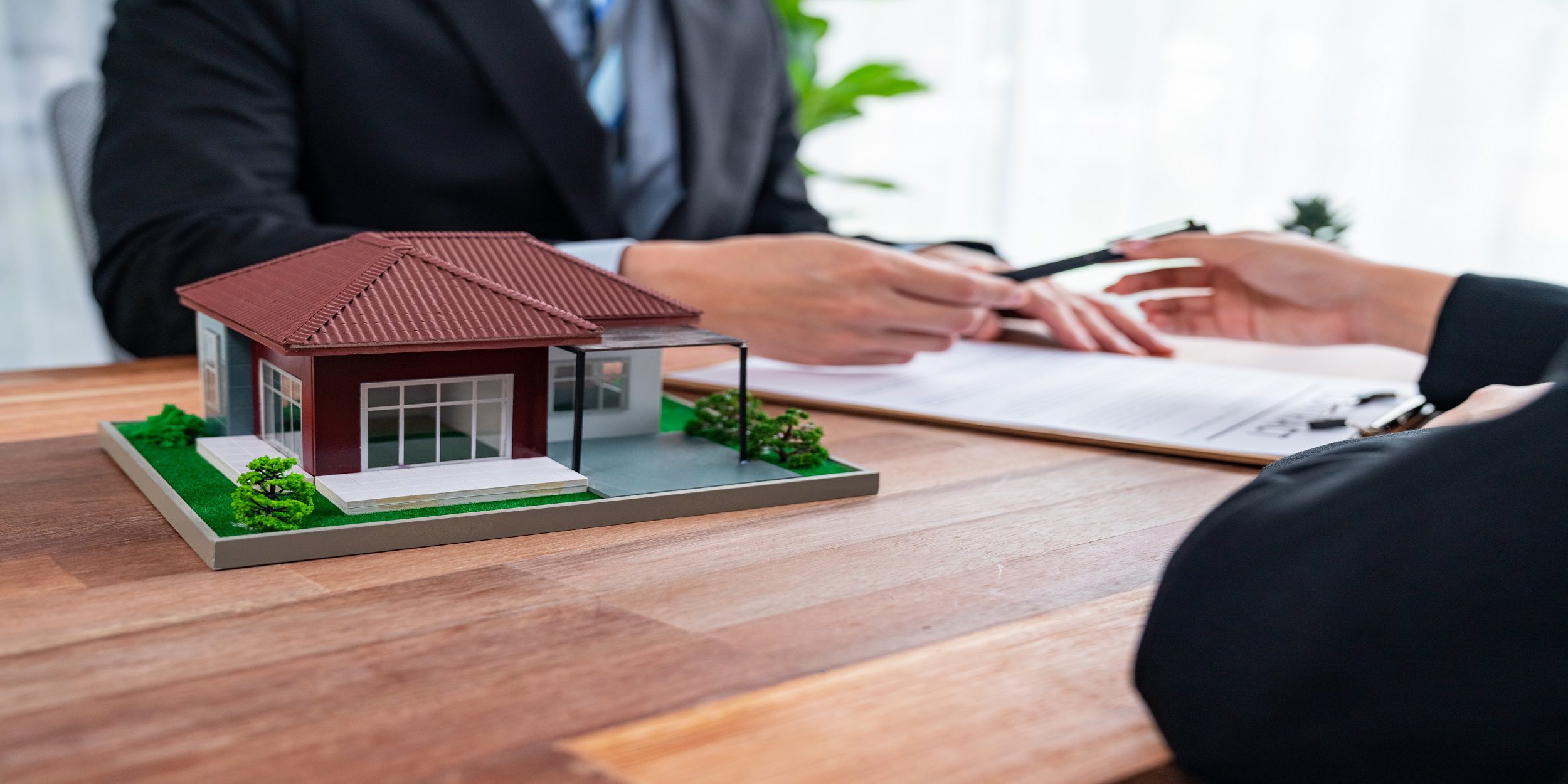Thinking about building or renovating? Confused by design styles or material choices? We will help you with more advice on everything in design and construction! This blog is for anyone interested in making their building dreams a reality. Whether you’re an expert or a complete beginner, we’ll provide you with the knowledge to guide you through the full process with confidence. We also want your project to be a smooth and successful journey, from the initial spark of an idea to the final finishing touches.
Understanding Design and Construction

We believe that before jumping into specific projects or technical details, developing a basis can help you smoothly run your project. So, we’ll explain a strong understanding of the two pillars that support any successful building project: design and construction.
Design: The Blueprint for Your Vision
Design is the heart and soul of your project. It’s where your dreams and ideas take shape, translated into a clear roadmap for construction. Here, we’ll explore the various facets of design, including:
- Architectural Design: You must learn different architectural styles, from classic to contemporary. Also, you need to know how they influence the overall aesthetic and functionality of your space.
- Space Planning: In design, you need to understand how to optimise layouts to maximise efficiency. Hence, it may create a comfortable flow within your building.
- Material Selection: In design, there are various materials used to make an amazing design. So, you have to study their properties, and how they impact the aesthetics, durability, and sustainability of your project.
Design and Construction: Bringing the Design to Life
Once the design is finalised, construction takes centre stage. So, in the following part, we discuss the complexities of turning architectural plans into a physical building.
- Construction Phases: Make your construction process into manageable phases. It can start from site preparation and foundation work to framing finishing and final inspections.
- Construction Methods: In the construction industry, You need to learn different construction methods and their suitability for various projects.
- Building Materials and Systems: Understanding the different building materials used in construction, from structural elements to finishes. Moreover, you have to examine how various systems like plumbing, electrical, and HVAC work together.
- Project Management: Preparing you with the knowledge required to manage budgets, timelines, and resources effectively. So, you can ensure a smooth and successful construction process.
By understanding both design and construction, you’ll gain a clear perspective on your project. This can help you make informed decisions to predict potential challenges. Thus, you can achieve a final product that reflects your vision perfectly.
How do you plan for your project?
Starting a new design and construction project can be exciting but also challenging. Good planning is key to making sure everything goes smoothly, stays on budget, and meets your goals. Here’s a simple guide to help you plan your project effectively:
Define Your Project
First, you have to be clear about what you want to achieve. Are you renovating, building something new, or redesigning a space? Write down the main goals and the features you want. This will help guide all your planning.
Set a Budget
Knowing how much you can spend is crucial. Think about all possible costs, including materials, labour, and permits. It’s also smart to have extra money set aside for unexpected expenses, about 10-20% of your total budget.
Choose Your Team
Find the right professionals to help with your project. This might include architects, designers, and contractors. Look for people with good experience and who understand your vision. Good communication with your team is essential.
Create a Timeline
A timeline helps keep your project on track. Break it down into stages like design, permits, construction, and finishing. Set deadlines for each stage and check progress regularly to make sure you stay on schedule.
Assess the Site
You need to check the site carefully to identify any potential problems or opportunities. Look at the land’s shape, soil condition, access points, and existing structures. Knowing this early helps you plan better and avoid surprises.
Get Permits
Permits are necessary to make sure your project follows local rules and regulations. Find out which permits you need and apply for them early to prevent delays. Your team can often help with this process.
Finalise the Design
Work with your architect and designer to complete the project’s design. This includes making detailed plans, choosing materials, and deciding on the overall look. Be open to feedback to ensure the design meets your needs and vision.
Plan for Sustainability
Consider adding sustainable features to your project. Think about energy-efficient systems, eco-friendly materials, and water-saving devices. This can reduce your environmental impact and save money in the long run.
Prepare for Construction
Before construction starts, make sure everything is ready. This includes signing contracts, ordering materials, and setting up inspections. Clear the site and arrange for temporary utilities and security if needed.
Monitor and Stay Flexible
During construction, stay in touch with your team and keep an eye on progress. Be ready to solve problems quickly and make changes if necessary. Flexibility is important because unexpected issues can come up.
What are the common challenges and solutions?
Most of the projects can face hurdles that impact efficiency and outcomes. So, you have to be ready to face any challenges during your project. The following strategies guide you on how to overcome difficulties.

Poor Communication Issues
- The project’s vision can unintentionally expand, leading to higher costs and delays.
- Poor communication between stakeholders can create information gaps and hinder progress.
Balancing Aesthetics and Functionality
- Finding the right balance between how a project looks and how it works can be tough. So, designers must ensure that materials, layouts, and styles create a space that is both beautiful and functional.
Budget Pressures and Schedule Delays
- Unforeseen expenses and unexpected delays are common in construction, impacting timelines and budgets.
Safety on the Job Site
- Construction sites are inherently hazardous. So, ensuring safety for all workers is crucial.
Effective Solutions
- Clear Scope and Open Communication
- Start with a detailed project plan to avoid scope creep.
- Maintain clear communication between designers, builders, and clients to stay aligned.
Flexible Design with Iterative Revisions
- Use a flexible design process that allows for controlled changes based on feedback to achieve the best outcome.
Thorough Planning and Proactive Management
- Create realistic budgets and contingency plans for unexpected issues.
- Keep a close eye on project progress to minimise budget pressures and delays.
Prioritise Worker Safety
- Implement a strong safety programme to protect workers, create a positive work environment, and ensure a smoother project flow.




